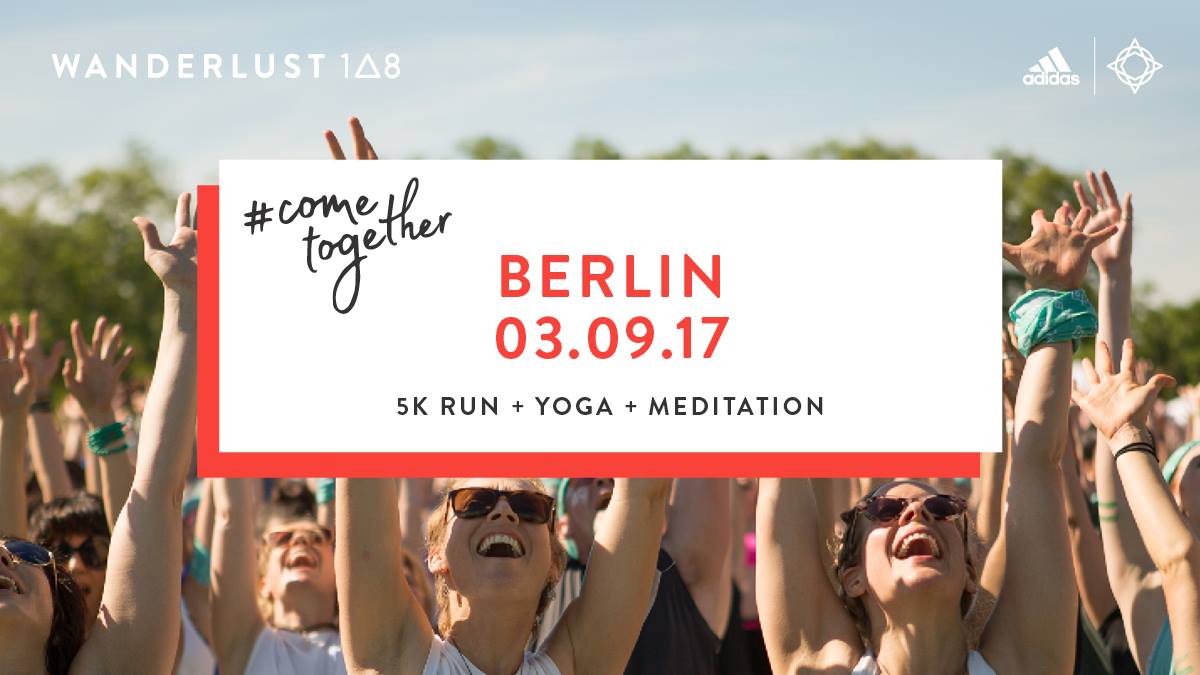One of my favorite yoga poses (and most likely one of the most famous) is Downward Facing Dog or Adho Mukha Svanasana. In western countries this Asana is quite popular and the anchoring posture of many practices. Besides many benefits, down dog has a lot of functions as it is an assessment pose, transitional pose, resting pose, strengthening pose, inversion pose and a rejuvenator.
Observing how you experience this posture during a Yoga practice is very interesting. I always find first one or two down dogs in a Yoga class quite hard and I have the need to move and get out of the pose soon. Then there’s a development during the practice until the point where I really look forward to it and enjoy resting in this pose.
As usually I’m working long hours in the office I really have the urge to strech my back and that’s only one benefit from downward dog. In general, it decreases back pain, strengthens the entire back and shoulder girdle and elongates shoulders and the whole shoulder blade area. It is great for decreasing tension and headaches as well as anxiety while it increases the full-body circulation and deepens respiration.
Here’s a step-by-step guide for downward facing dog:
Step 1:
Come on all fours, set your knees right below your hips and your hands under (or slightly forward of) your shoulders. Fingers slightly spread, middle fingers showing straight forward, toes tucked under. Connect all finger joints, inner and outer palm into the earth.
Take your time to learn to ritualistically place your hands in alignment with your shoulders and hips. If your base is out of proportion, the pose becomes unstable.
Step 2:
Exhale and lift your knees from the floor, lift your pelvis to the ceiling, drawing your hips back. Take a look at your feet to make sure, they are hip-distance apart and aligned with your pelvis.
Step 3:
Straighten your knees and have patience when your heels don’t touch the ground. While streching your heels onto or toward the floor, lift your sitting bones toward the ceiling. Your hips should be the farthest vertical point from your hands in this pose.
Step 4:
Firm the outer thighs and roll the upper thighs inward slightly. A good exercise is to place a block between the middle of your inner thighs to learn how to work your legs and develop the inner rotation of the thighs. Grip the block and press it back to feel greater extension in your spine.
Step 5:
Really stretch back in to your hips by simultaneously pressing into your hands. If possible, have someone pulling back on your hips. This will definitively give you an “Aha”-effect.
Firm your shoulder blades against your back and don’t let your head just hang. Keep it between your arms and bring the crown of your head in alignment with the natural line of your spine.
Step 6:
As you bring more space into your lungs with every inhalation, try emphasizing the broadening of your shoulders and extending through your arms. On your exhale focus on the back of your legs down to your heels.
Breath, relax and enjoy.




